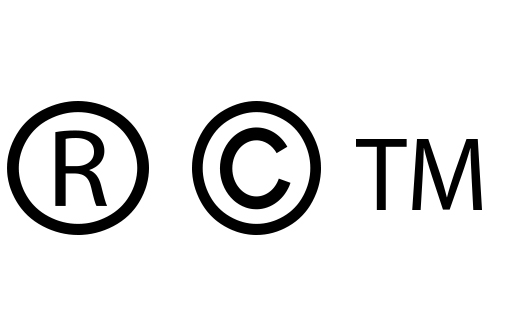4 Protecting your idea
In Session 1 you explored the business idea. One of the most important decisions you will face in starting your business is how to protect your intellectual property. Intellectual property (IP) is the intangible property that comes about from your ideas and thoughts and includes ‘inventions, literary and artistic works, designs, symbols, names and images used in commerce’ (WIPO, 2018).
Ensuring you protect your IP makes it much harder for other people to steal or copy it. As the Dyson example in Session 1 illustrated, this can turn out to be very significant! It does not come without costs and you should build this into your growth planning.
If your business idea is to run as a franchise, or you intend to grow your business through licencing your idea or franchising it to others, IP is an essential consideration. There are different types of IP available. Box 1 outlines some of the more common ones.
Box 1 Different types of IP
Patents – provide the inventor with the right to prevent other people from making, using or selling the subject matter under patent. Patents are the best protection for a new product.
Copyright – covers original works of art, authorship or written copy (books, music, film etc.).
Trademarks – protect the value of a name, brand, logo or other symbols that allow your product to be distinguished from others. Think of the three stripes or the tick for Adidas and Nike. Before you register your company and website address or consider a business that operates in international markets, it is worth considering whether you can have these and use them without infringing any other business. You may also want to consider any cultural references that make your product less attractive overseas. In addition, it makes sense to ensure that your product and company name work for customers and other stakeholders. Is it memorable? Can it be spelled and therefore found?
Trade secrets – allow the owner to take action against anyone who breaches the agreement to keep something confidential – for example a family recipe.

